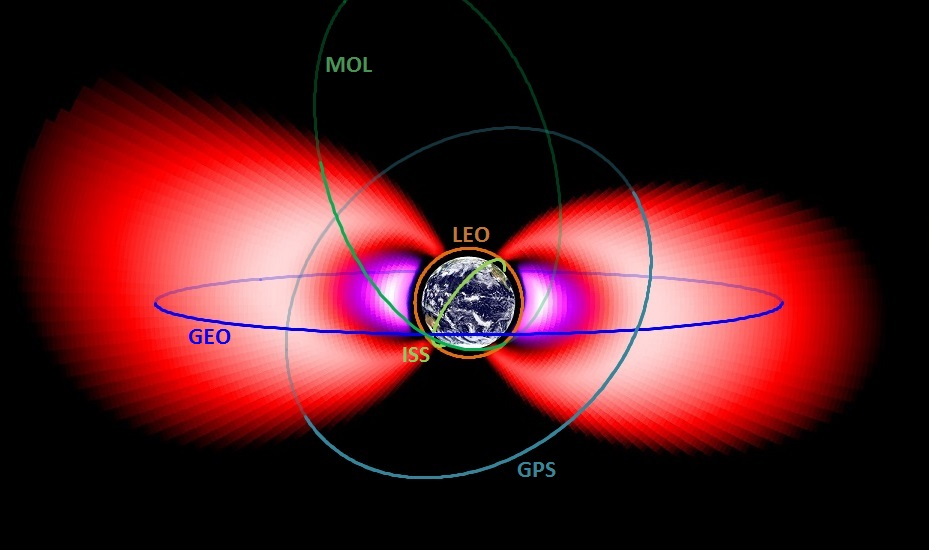Speaker
Description
Monitoring of the Earth's and Sun's environment is an essential task for the now- and forecasting of Space Weather and the modeling of interactions between the Sun and the Earth. For this reason, ESA is implementing the Distributed Space Weather Sensor System to observe the effects of solar activity from various orbits in Earth's vicinity.
In particular, radiation belt monitoring data from a wide variety of locations in the magnetosphere is persistently requested by space weather modelers and service providers. In order to cover the Earth’s radiation belts a wide variation in altitude at low inclination, or more precisely in magnetic field characteristics, is needed. Therefore a mission in a geostationary-transfer orbit would be ideal to obtain the requested measurements, namely the particle fluxes of highly energetic electrons and protons together with the vector measurements of the magnetic field and the plasma characteristics.
The Space Weather Orbital Radiation Detector (SWORD) mission was first studied in ESA's Concurrent Design Facility and currently industrial pre-Phase A studies are ongoing. The baseline mission scenario foresees two satellites in a GTO-like orbit slowly rotating to capture the full pitch angle distribution of energetic particles in the inner and outer radiation belt. The mission drivers are measurement optimisation as well as the data availability, continuity and timeliness.
The presentation will introduce the mission concept, current design and roadmap.

